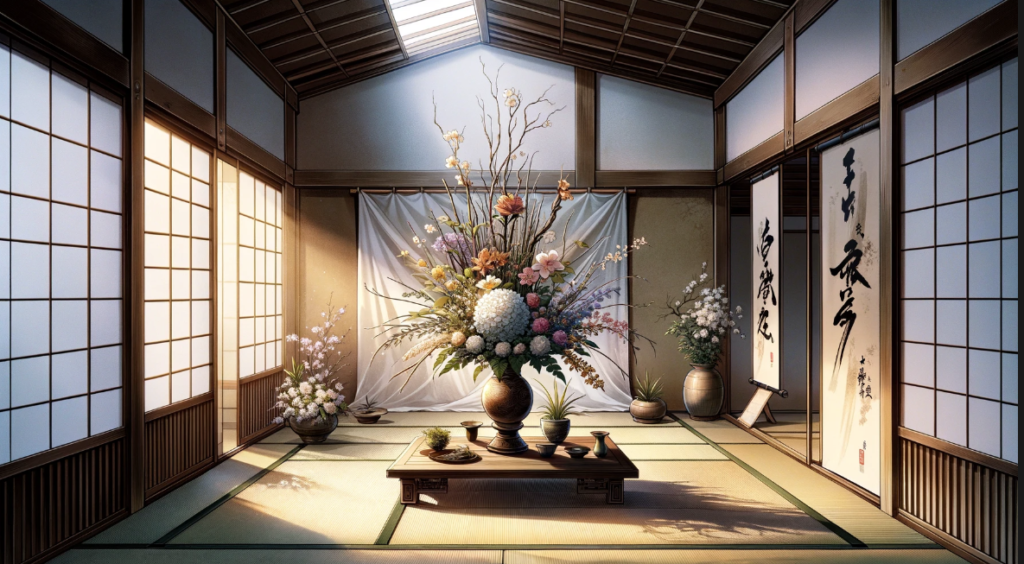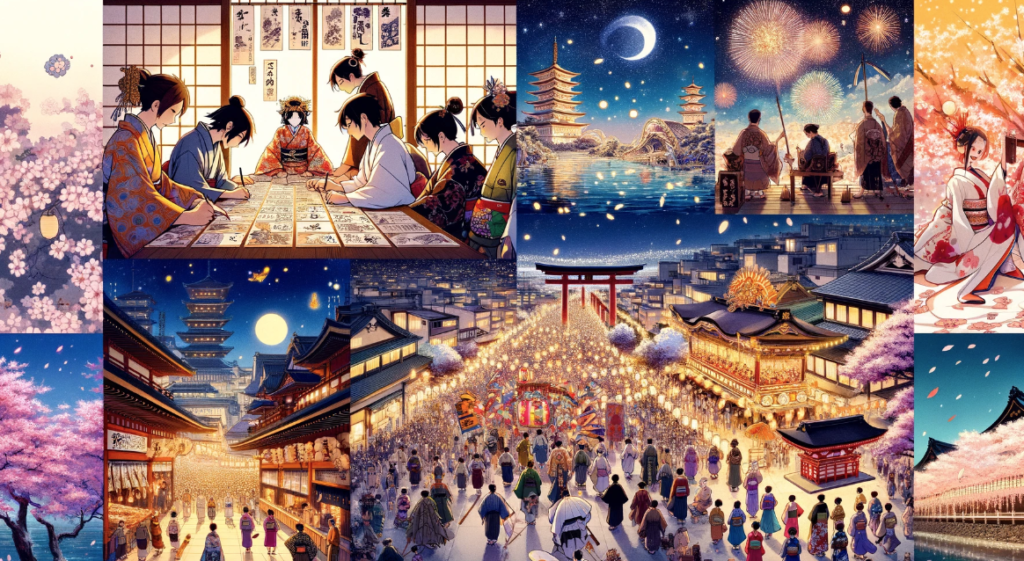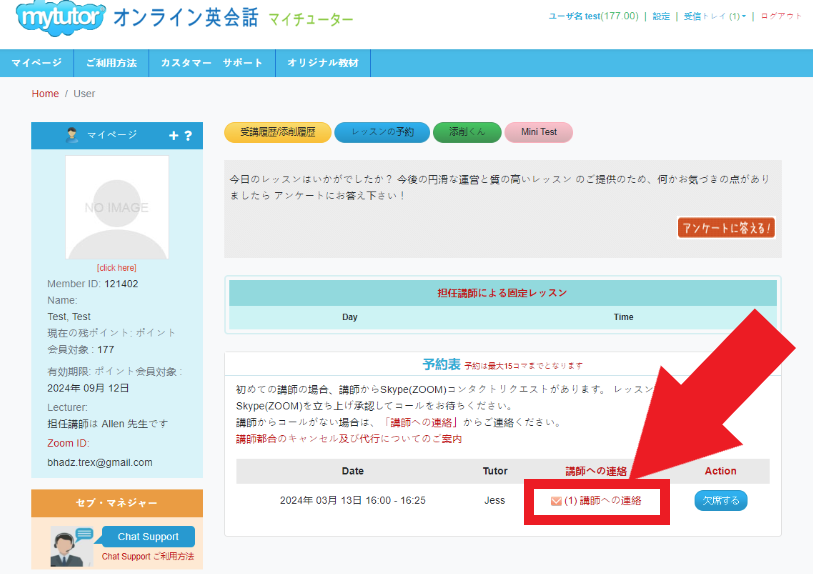
Lesson 17 Diet and Its Evolution
Topic Question: What is a typical Japanese diet, and how has it evolved?
No. 1
First, try answering the question yourself.
The instructor will provide advice on vocabulary, grammar, and expression corrections.
Sample Answer – Let’s read aloud – The instructor will check your pronunciation and accent.
The typical Japanese diet is renowned for its emphasis on fresh, seasonal ingredients, including a wide variety of seafood, vegetables, rice, and noodles. Historically, this diet was influenced by Buddhist principles, which encouraged a vegetarian lifestyle. However, the introduction of Western foods and cooking techniques in the Meiji era led to an evolution in the Japanese palate. Today, while traditional dishes like sushi, sashimi, and tempura remain staples, the diet has diversified to include meats, dairy, and other international cuisines. Despite these changes, the foundational principles of balance, moderation, and respect for ingredients persist, contributing to Japan’s low obesity rates and high life expectancy.
No. 2
5 Words to Learn and Their Meanings – Pronounce the Words Correctly (Pronunciation Training) + Make Sentences Using the Words Instantly
- Seasonal (季節の): Occurring at or dependent on a particular season.
Seasonal fruits often taste better and are more nutritious.
- Vegetarian (菜食主義の): A person who does not eat meat or fish, and sometimes other animal products, especially for moral, religious, or health reasons.
Becoming a vegetarian has led me to discover a variety of new and delicious vegetables.
- Palate (味覚): A person’s ability to taste and enjoy food.
Traveling abroad can greatly expand your palate.
- Staples (主食): Basic or principal food items.
Rice and beans are staples in many cultures around the world.
- Diversified (多様化した): Made or became more diverse or varied.
The company has diversified its product line to include digital services.
No. 3
Key Idiom and Example Sentences – Pronounce the Key Idiom Correctly (Pronunciation Training) + Make Sentences Using the Key Idiom Instantly
“Breaking bread” (食事を共にする)
Breaking bread with people from different cultures has taught me a lot about tolerance and understanding.
No. 4
Discussion and Exchange of Opinions on the Sample Answer
Instructor: Considering the evolution of the Japanese diet, what aspects do you think should be preserved, and what could be improved upon? How does the Japanese diet compare to dietary trends in your country?
Student: [Opinions of students]
No. 5
Free Discussion on the topic
Let’s discuss the impact of globalization on traditional diets. How have global food trends influenced the eating habits in your country? Do you think the benefits of a diversified diet outweigh the potential loss of traditional food practices?




























